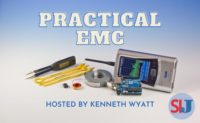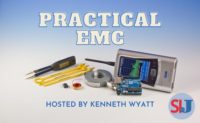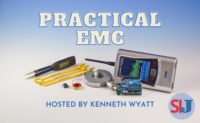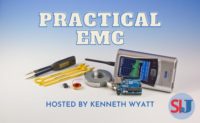Kenneth Wyatt
Kenneth Wyatt is principal consultant of Wyatt Technical Services LLC, as well as past senior technical editor for Interference Technology Magazine (2016 to 2018). He is based in Colorado and has worked in the field of EMC engineering for over 30 years with a specialty in EMI troubleshooting and pre-compliance testing. He trains and speaks internationally, is widely published, and is the co-author of the popular EMI Troubleshooting Cookbook for Product Designers and EMC Troubleshooting Trilogy (Vols 1-3). All are available through Amazon. He may be contacted through his web site, http://www.emc-seminars.com.






